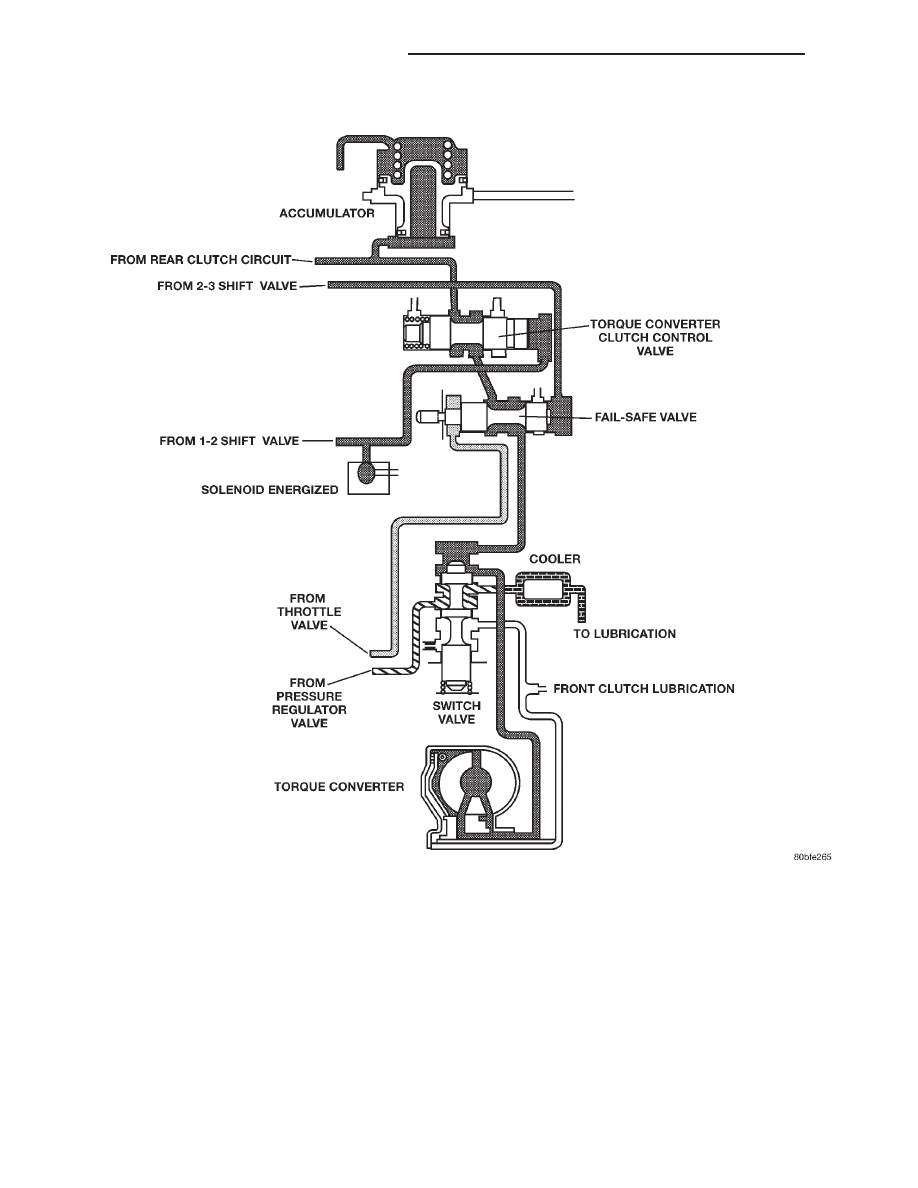Jeep XJ. Manual - part 395

Fig. 34 Switch Valve-Torque Converter Locked
21 - 116
AUTOMATIC TRANSMISSION—30RH
XJ
DESCRIPTION AND OPERATION (Continued)
|
|
|

Fig. 34 Switch Valve-Torque Converter Locked 21 - 116 AUTOMATIC TRANSMISSION—30RH XJ DESCRIPTION AND OPERATION (Continued) |